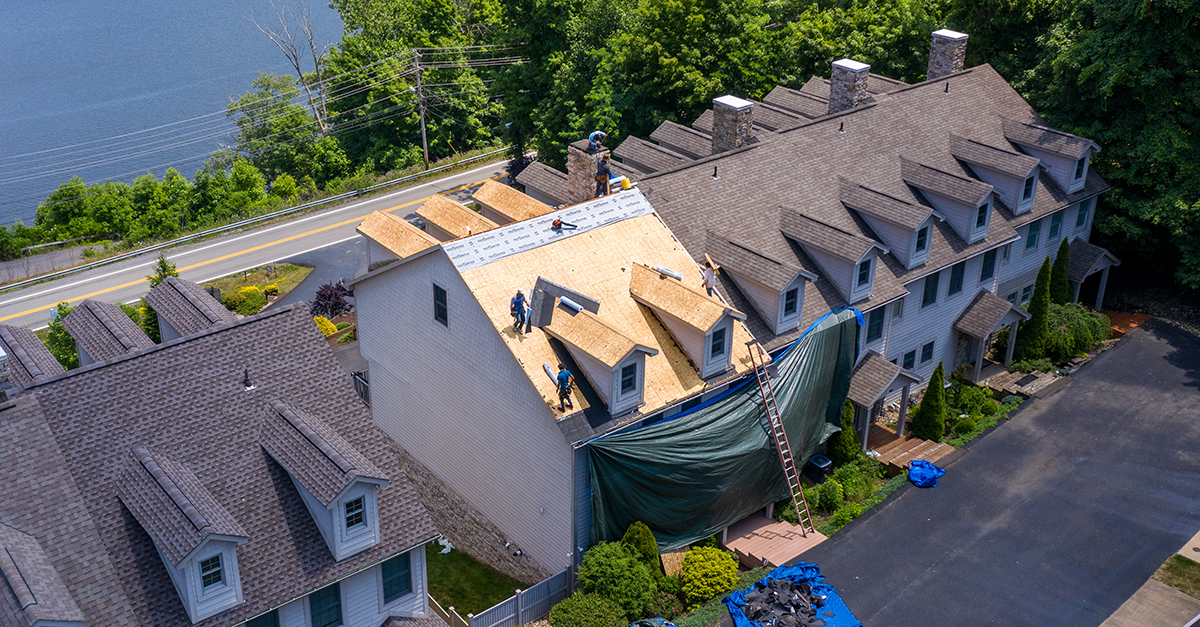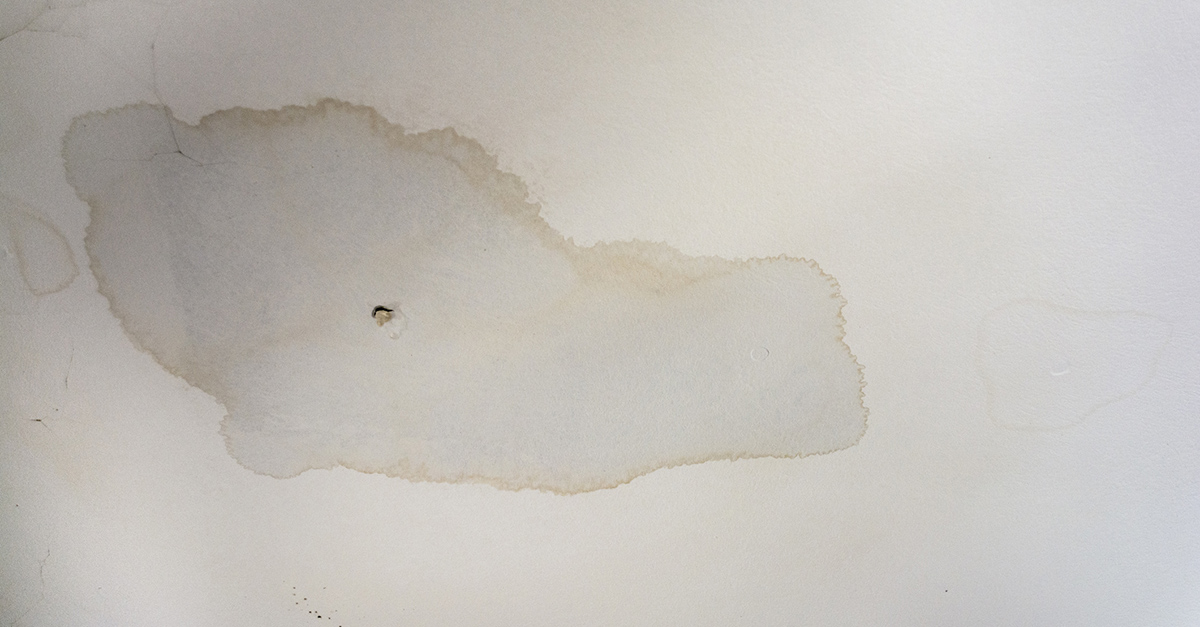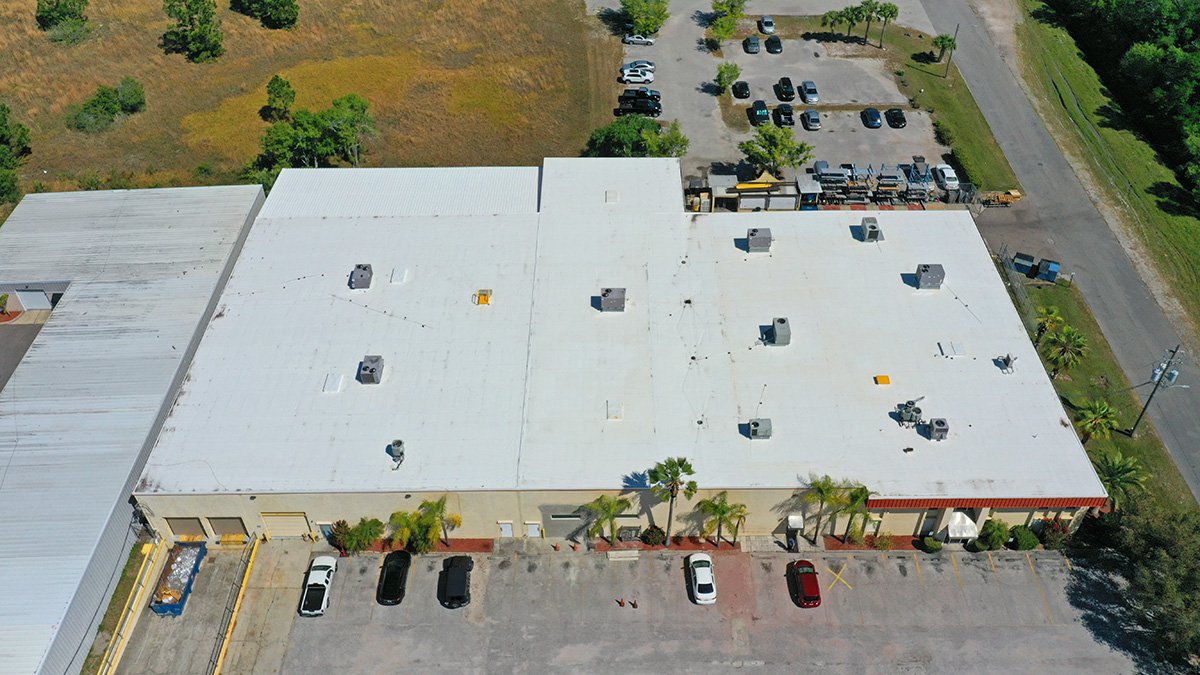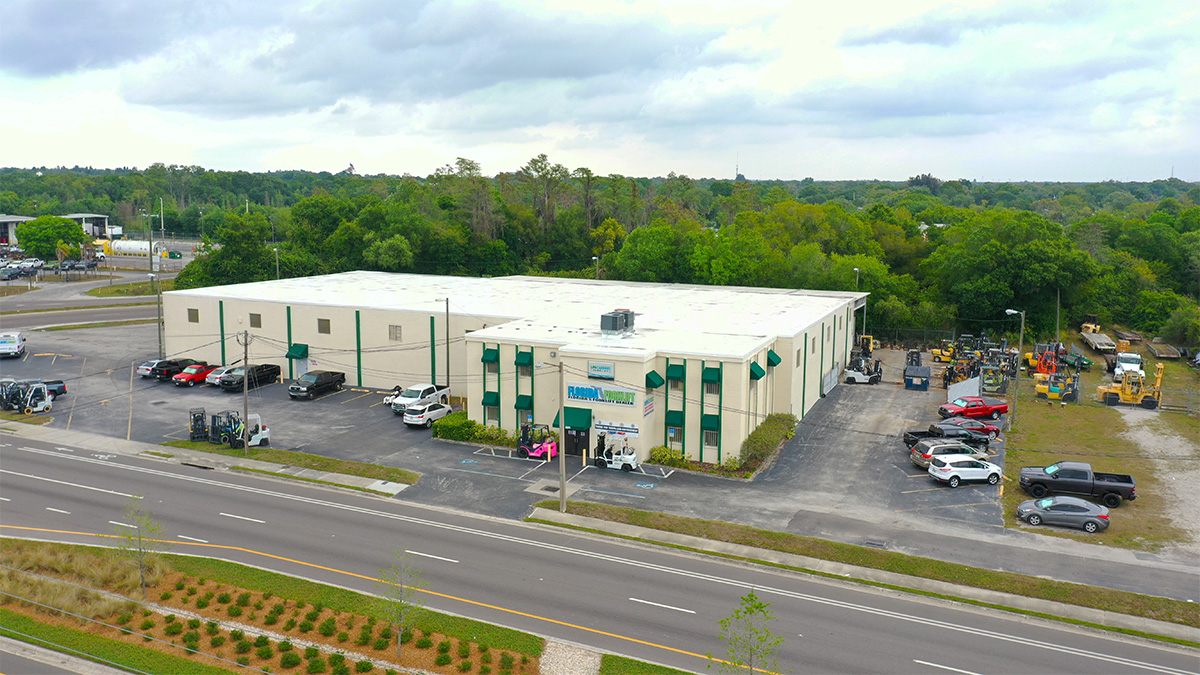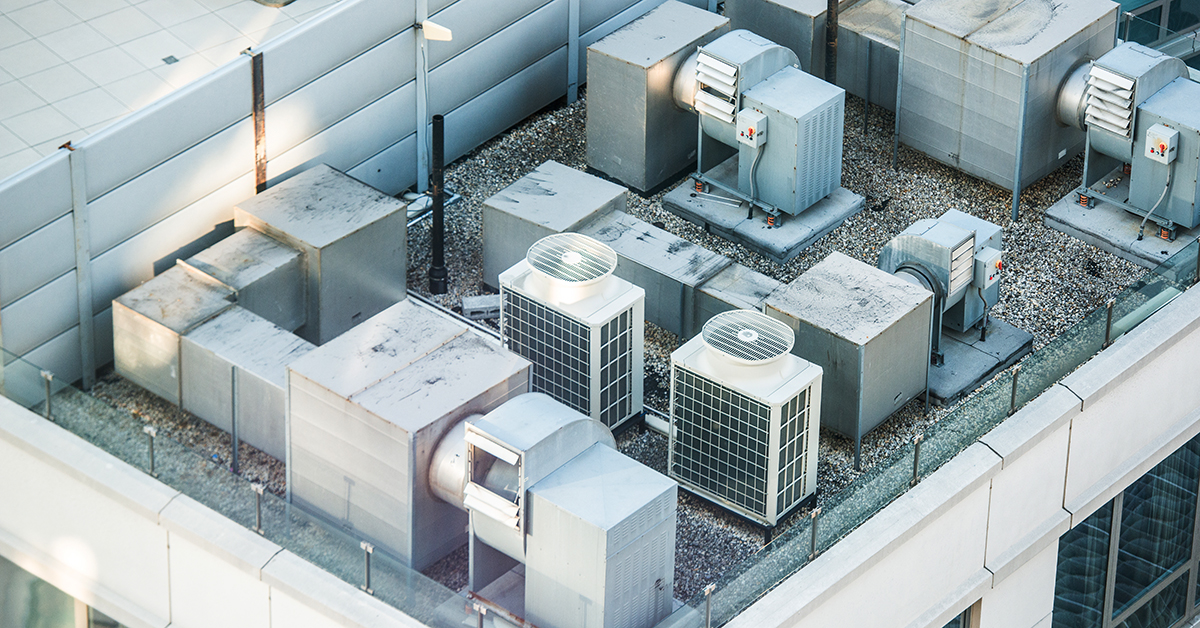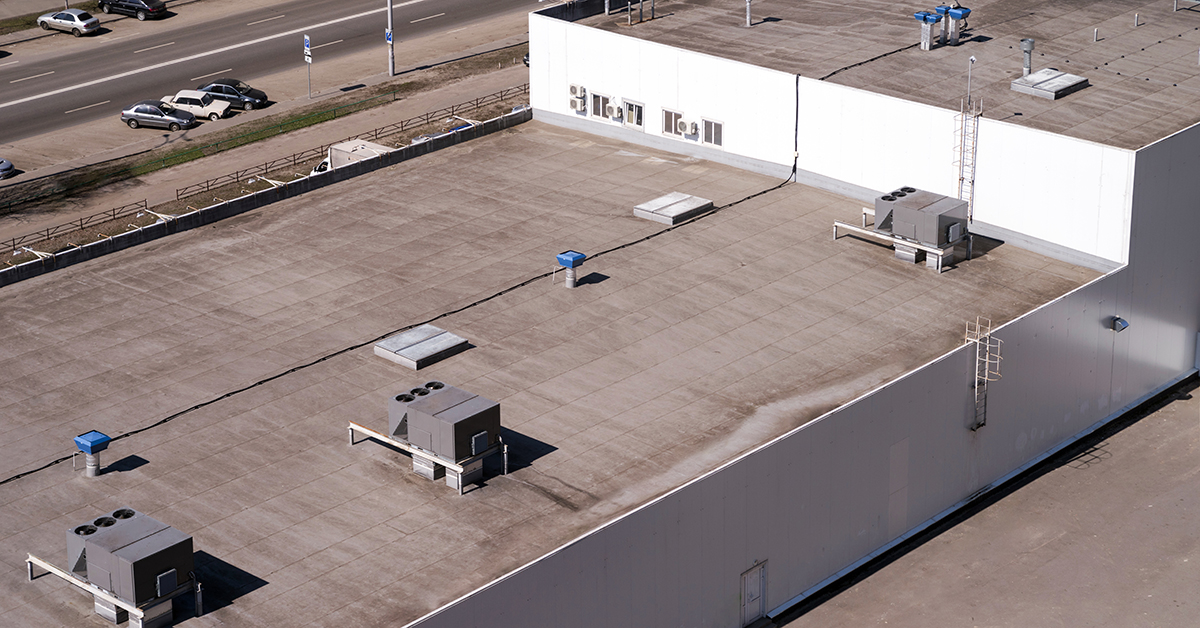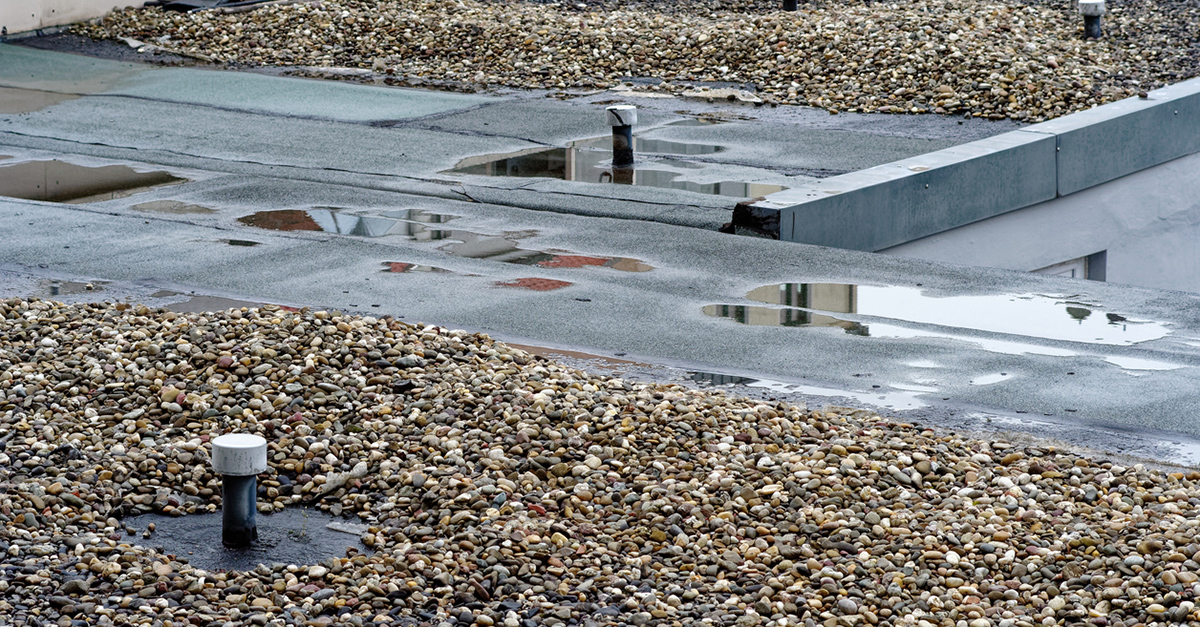For business owners and facilities managers looking to receive extremely reliable data about the condition of their commercial roof without damaging any of the roofing materials or worrying about inaccessible areas, aerial drone roof inspections are an invaluable resource. Below, we outline several key benefits of aerial drone roof inspections, particularly in regard to commercial roof repair in Tampa.
Provide Consistent and Accurate Rooftop Data
By far, one of the most important benefits of an aerial drone roof inspection is the accuracy and consistency such an inspection can achieve when it comes to rooftop measurements and other simple tasks. Essentially, by taking the human element out of the picture, you’re eliminating the possibility for human error. That means no more twisted tape measures, inaccessible edges, or inconsistent endpoint selection.
The roofing contractor just sends the drone up in the air and, using the latest in mapping technology, is able to capture accurate, real-time measurements of features like square footage, surface area, and slope all in a matter of minutes. Even better, these measurements have been proven via vigorous testing to consistently be over 99 percent accurate. You’ll never have to worry about having to call your roofing contractor back because of missed information ever again.
Act as a Safer, Cost-Effective Alternative to Physical Inspection
After accuracy and reliability of data, the next best benefit of aerial drone roof inspections is the safety and accessibility they provide to roofing contractors. It goes without saying, but being up on a commercial roof produces a whole host of dangers to the inspectors. Falls are actually the number one leading cause of death when it comes to industrial job sites.
With drone inspections, you can practically eliminate the need for ladder assists and the traditional boots-on-roof method of data collection. The amount of time required for these methods and the liability risks involved is most of the cost you’ll end up spending on roof inspections. Eliminate the need for the traditional inspection, and you’re left with a much more cost-effective alternative.
Can Be Used With Non-Invasive Thermal Imaging Technology
Last but not least, another amazing advantage of drone technology is the potential for the use of thermographic imaging, which is used to detect water infiltration in both commercial roofs and facades. The inspector flies a drone that has been equipped with an infrared, high-resolution camera over the building, and the camera is able to access and capture images of the energy patterns being emitted from the roofing system. These images are then interpreted to determine potential areas of trapped moisture.
In the past, this was only possible via the deployment of technicians with handheld infrared cameras to perform assessments. This new method is non-destructive, non-invasive, and can be performed on an annual basis along with other preventative maintenance. Generally speaking, it’s a great way to detect punctures and scarring in the rooftop, exposed edges and corners, pooling water trapped under the roof, and much more.
If your current roofing contractor is not providing the consistent results you wish to see when it comes to your commercial roofing projects or you believe your business could benefit from aerial drone roof inspections, please don’t hesitate to get in touch with one of our commercial roofing contractors in Tampa.

